By John L. Turner
In the early afternoon of Super Bowl Sunday I decided to explore McAllister County Park in the northwestern corner of the Village of Belle Terre with the goal of enjoying the stark winter landscape and seeing some winter birds, and secretly hoping to spy a Snowy Owl or Northern Shrike, winter visitors occasionally seen here, although none had been recently reported.
This not-well-known county park is on the east side of Port Jefferson Harbor and consists of a mined out section of the Harbor Hill Terminal Moraine and a sand spit that extends west to the jetty connecting the harbor with Long Island Sound. This spit and the western one connected to Old Field embrace and enclose the Harbor, containing low-lying coastal dunes which are smaller versions typical of the south shore barrier islands, and are clad in characteristic dune vegetation carpeted in beach grass. But this article isn’t about plants and vegetation; rather it’s about ducks and one species in particular that I enjoyed watching that day — the Long-tailed Duck.
Long-tailed Ducks, so named because of their distinctive and elongated central tail streamers, are a winter visitor from Arctic breeding grounds to Long Island’s coastal waters, frequenting sheltered bays and harbors and near shore areas of the open ocean. They are one of nearly three dozen species of waterfowl (duck, swans, and geese) you can see on Long Island during the winter inhabiting the Island’s freshwater ponds, lakes and streams and the salty water bodies surrounding the Island.
As I walked along the jetty a skein of eight fast but low-flying ducks, which I immediately realized were Long-tailed Ducks, shot past and landed in the Harbor about 200 yards away. I was delighted to realize my walk along the coastline would take me past them and pass them I did. And it was serendipity that as I neared the small flock the ducks began to actively feed by diving, disappearing, and reappearing in a rather rhythmic pattern — feathered apparitions on wavelet waters.
In our waters Long-tailed ducks feed on clams, mussels, and crabs located on the harbor bottom; in general, they are well-known for their diving exploits and, in fact, this species is thought to be the deepest diving duck in the world. Being adept at diving so deeply has its risks, though, as Long-tails have been found drowned in fishing nets resting at a water depth of 180 feet.
While it’s no longer a major ongoing source of mortality for the species, thousands of Long-tail ducks, overwintering in the Great Lakes, once routinely drowned in gill nets, according to reports published half a century ago. Staggeringly, there are reports of hundreds of ducks drowning in a single gill net designed to catch whitefish, which on purpose remain suspended in the water column for several days. In fact, in the winter of 1952-1953 19,562 ducks died from drowning in Lake Michigan alone!!! The same number had perished the year before.
Long-tailed ducks breed throughout the Arctic region including North America and the broad swath of Siberia. The ducks take advantage of the tremendous hatch of insects and growth of freshwater plants during the short breeding season the Arctic provides.
As summer melds into fall individual ducks head to open water with many coming south to Long Island and beyond. The birds here probably come from northern Quebec which may be fitting because the very vocal male ducks repeatedly make a call that sounds to me like the French phrase “ah alhoutte,” “ah alhoutte,” “ah alhoutte.”
Indeed, Long-tailed ducks are among the most vocal of all ducks and is the reason the species was once called Old Squaw, a derogatory reference to talkative native American women. Even their Latin or scientific name references this garrulous nature as their generic name Clangula means “sound” or “noise.” I was not to be disappointed as the birds repeatedly called this “ah alhoutte” phrase after bobbing to the surface following their many-second submergent searches for sustenance.
Long-tailed ducks are both graceful and beautiful and if any duck can qualify as elegant it’s this species. Their winter plumage, which in an unusual occurrence is actually their breeding plumage, is like a photograph negative, being composed of varying shades of black, gray, and white: black back with graceful white scapular plumes arching over their shoulder, white sides, white top of the head, black side of the neck, black breast, white on the base and back of the neck and grey face with white eye arcs. Their pink bubble gum-colored bill, bracketed by black at the base and tip, provides the only bright color.
Like all birds, Long-tailed ducks molt their feathers, replacing worn out feathers with new, fresh ones. Unlike most waterfowl though, which molt twice yearly, Long-tails undergo a highly complicated molt and plumage sequence three times in a year involving a basic, alternate, and supplemental plumage; why this duck is unique among its waterfowl brethren in evolving this intricate feather replacement strategy- among the most complicated of the world’s many thousands of bird species — is not clear.
The experience with these lovely Longtails came to an end as they burst from the water, although I don’t know why they flushed, and took off together, rushing west toward the setting sun, with one bird “ah alhouetting” as it went. I’ll long remember this scene of the late afternoon sky and winter sun, reflecting off a wonderful slice of briny water, with trees lining the west edge of the harbor framing the scene, as these noisy Arctic visitors, gracing the harbor and my day,headed out into the open waters of Long Island Sound.
A resident of Setauket, John Turner is conservation chair of the Four Harbors Audubon Society, author of “Exploring the Other Island: A Seasonal Nature Guide to Long Island” and president of Alula Birding & Natural History Tours.

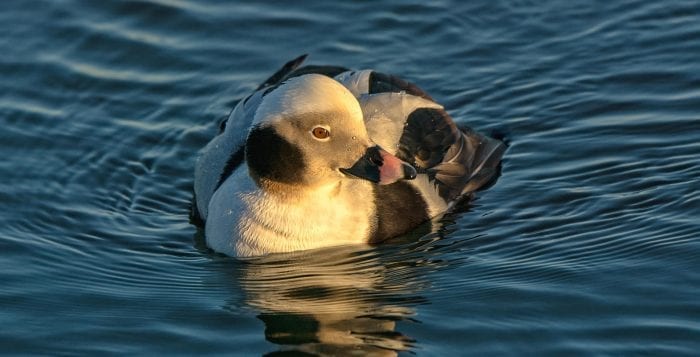
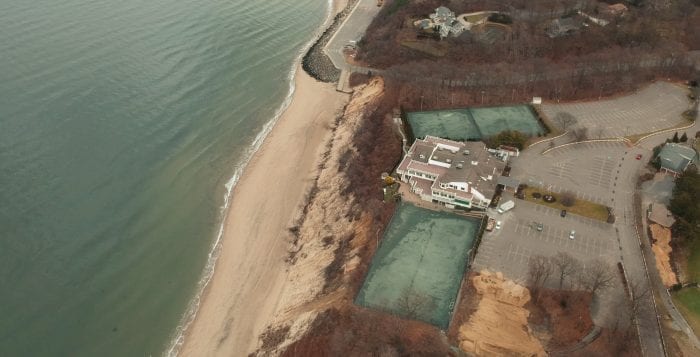



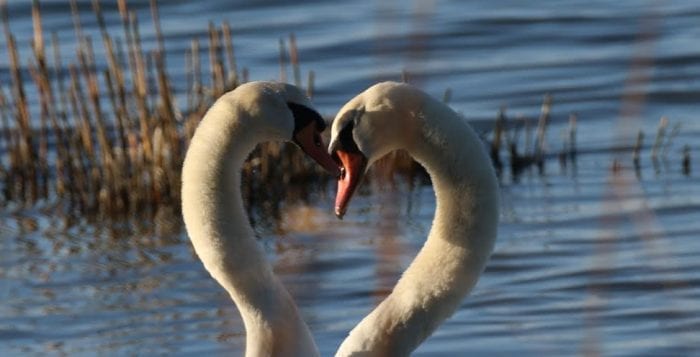


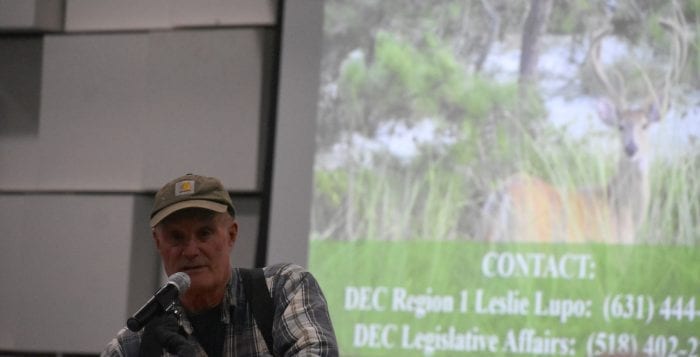
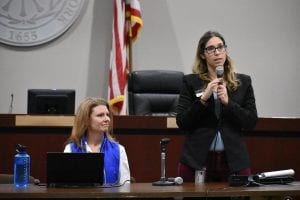
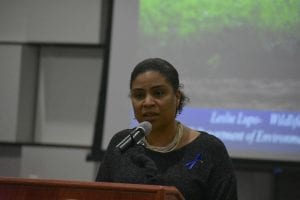 John German, of the Brookhaven hamlet and an avid hunter, said that, despite there being a large hunting crowd, the number of deer does not seem to have stymied. He and other hunters complained about Town-owned lands in which they are unable to hunt.
John German, of the Brookhaven hamlet and an avid hunter, said that, despite there being a large hunting crowd, the number of deer does not seem to have stymied. He and other hunters complained about Town-owned lands in which they are unable to hunt.
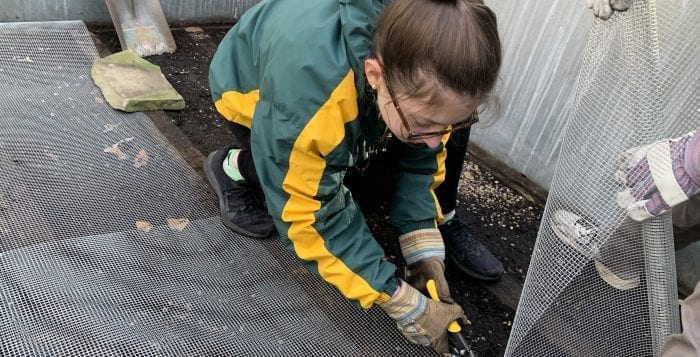
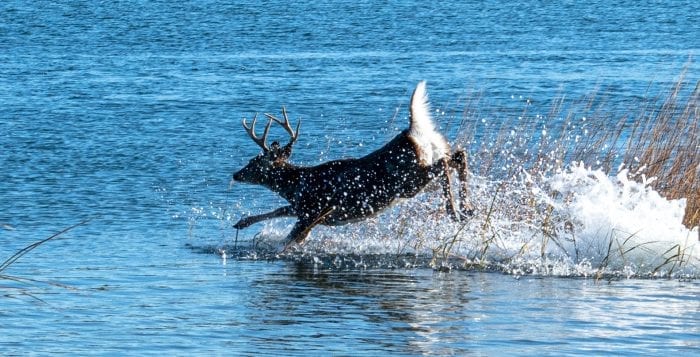

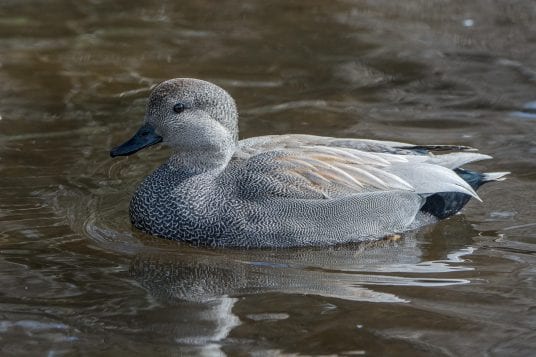

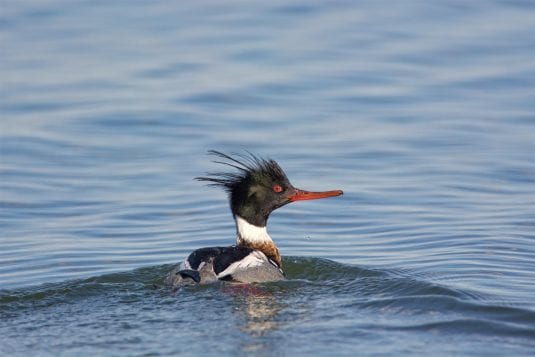
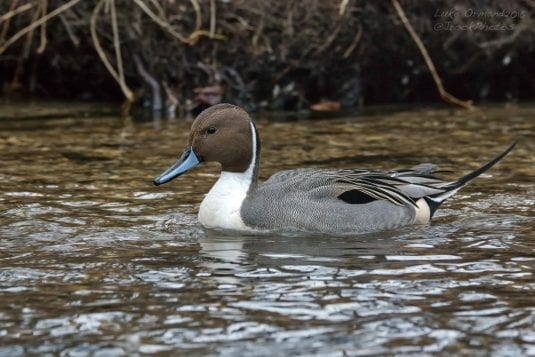
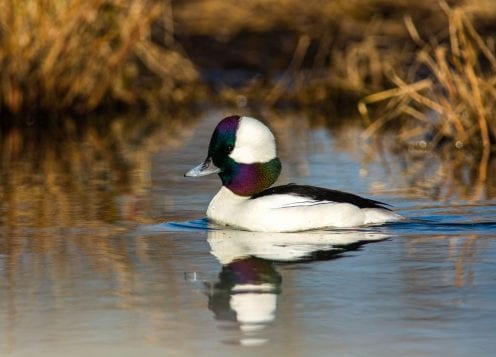
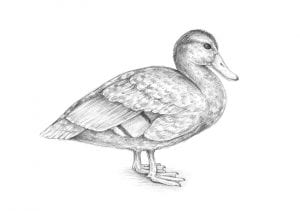 A resident of Setauket, John Turner is conservation chair of the Four Harbors Audubon Society, author of “Exploring the Other Island: A Seasonal Nature Guide to Long Island” and president of Alula Birding & Natural History Tours.
A resident of Setauket, John Turner is conservation chair of the Four Harbors Audubon Society, author of “Exploring the Other Island: A Seasonal Nature Guide to Long Island” and president of Alula Birding & Natural History Tours.


